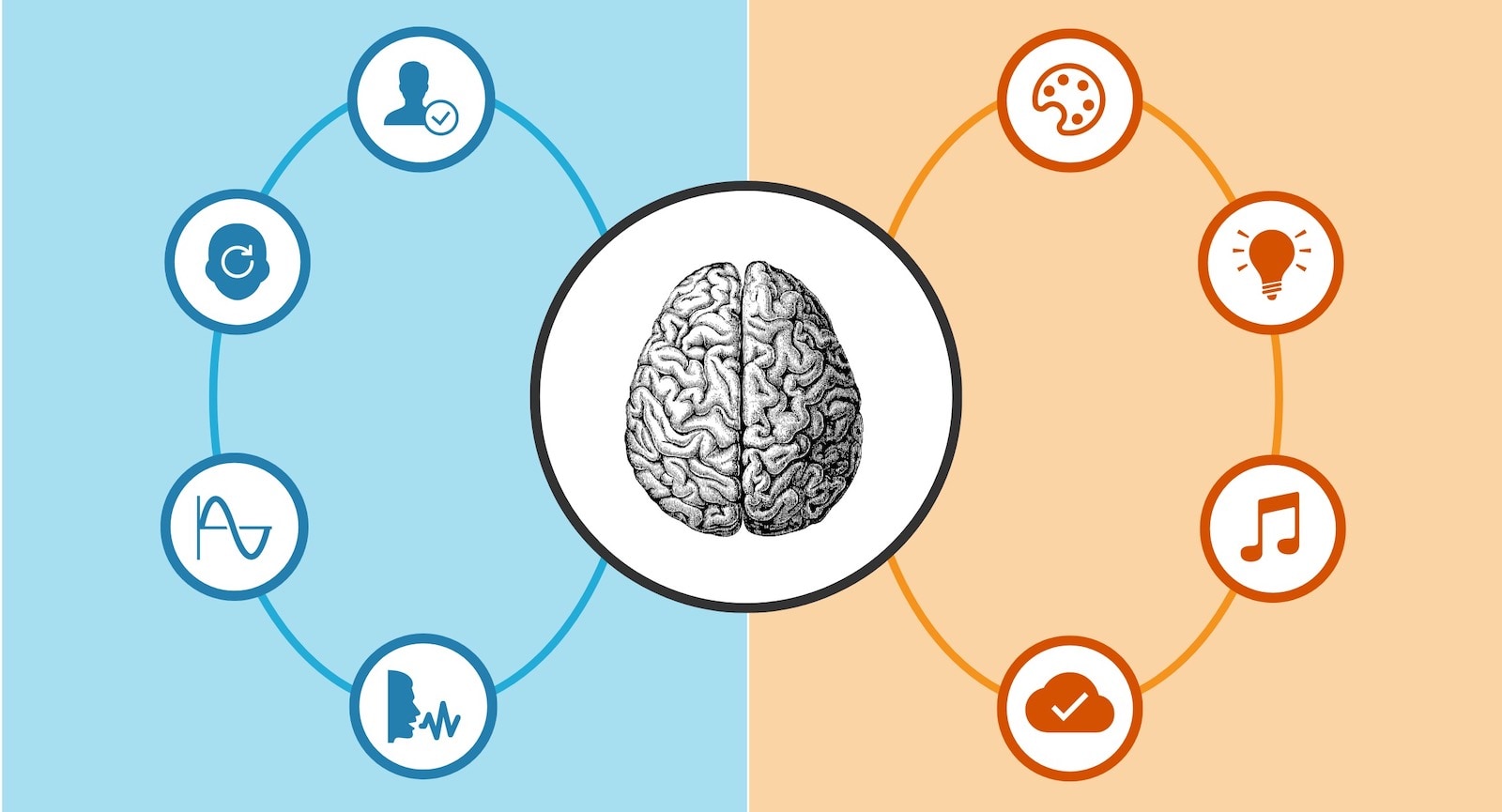Researchers at the Okinawa Institute of Science and Technology (OIST) Graduate University in Japan have provided a deeper insight over how brain is involved in the process of crucial decision making. They revealed that a key part of the brain involved with decision making, the striatum, appears to operate hierarchically – much like a traditional corporation with executives, middle managers and employees.

The striatum is a part of the basal ganglia, the inner core of the brain that processes decisions and movements. Previous studies have shown that the three regions of the striatum – ventral, dorsomedial, and dorsolateral – have very distinct roles in motivation, adaptive decisions and routine actions, respectively. But, now OIST researchers found that these parts do not operate in isolation, but work together in a coordinated hierarchy, like a traditional company with executives making decisions, delegating to middle managers and employees carrying out specific tasks.
To observe the role of each part, the researchers hooked up tiny electrodes to rats’ brains. These electrodes measured how frequently neurons in each section fired during a task, in which rats picked between two holes based on the probability of getting a sugar pellet reward. The researchers found that while the three striatum regions have distinct roles, they work together in different phases during a trial.

The ventral striatum (VS) was most active early on, when the rat decided whether it would participate in the activity or not, while the dorsomedial striatum (DMS) changed firing levels as the rat evaluated the expected reward for each option while making a decision to turn left or right; and the dorsolateral striatum (DLS) fired short bursts at a variety of times throughout the task, suggesting the involvement with the control of fine motor movements. This was similar to a company’s president deciding to make a new product, middle managers evaluating different design and sales options, and employees building specific parts. The study has been published in The Journal of Neuroscience.
by Dr. Trupti Shirole


It is significantly more unpleasant in outrageous circumstances. Take, for instance, the accounts of the different troopers in Dewald’s book on dynamic enduring an onslaught.
Cool. I spent a long time looking for relevant content and found that your article gave me new ideas, which is very helpful for my research. I think my thesis can be completed more smoothly. Thank you.
Your point of view caught my eye and was very interesting. Thanks. I have a question for you. https://accounts.binance.com/cs/register?ref=PORL8W0Z
I may need your help. I tried many ways but couldn’t solve it, but after reading your article, I think you have a way to help me. I’m looking forward for your reply. Thanks.
Thank you very much for sharing, I learned a lot from your article. Very cool. Thanks. nimabi
Thanks for sharing. I read many of your blog posts, cool, your blog is very good. https://www.binance.info/join?ref=B4EPR6J0
Your article helped me a lot, is there any more related content? Thanks! https://www.binance.info/ka-GE/join?ref=T7KCZASX
Thank you for your sharing. I am worried that I lack creative ideas. It is your article that makes me full of hope. Thank you. But, I have a question, can you help me? https://www.binance.com/pt-BR/join?ref=T7KCZASX
Your point of view caught my eye and was very interesting. Thanks. I have a question for you.
Thank you for your sharing. I am worried that I lack creative ideas. It is your article that makes me full of hope. Thank you. But, I have a question, can you help me?
Thanks for sharing. I read many of your blog posts, cool, your blog is very good.
Thanks for sharing. I read many of your blog posts, cool, your blog is very good.
I don’t think the title of your article matches the content lol. Just kidding, mainly because I had some doubts after reading the article.